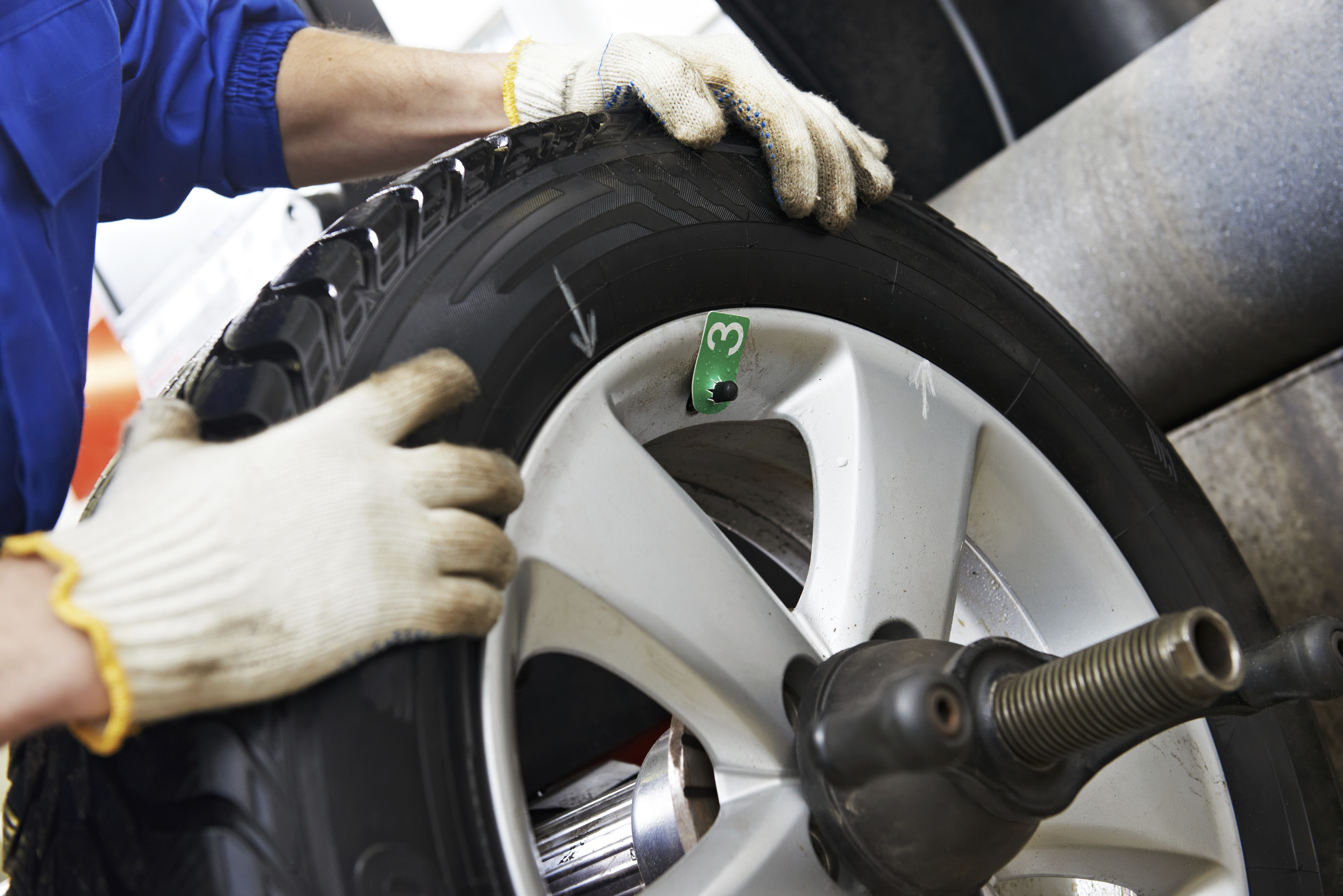To be frank, attempting to determine the precise time that you need new tires is like winning the lottery. Extremely difficult. Still, there are ways to measure a vague timeframe of when it’s necessary to consider buying new tires. What we can be certain of is that the more wear and tear a tire undergoes, the closer is gets being in a state of high-risk. The original purpose of a tire tread’s design is to reroute the liquids and debris from underneath the tire to improve traction of a wet surface. When a tire gets worn down, the tread’s design is no longer effective, which put the driver of that vehicle in danger. As soon as a tire wears down to 1/16th of an inch, it is deemed as undependable. Many professionals suggest that you don’t wait that long to get new tires because you will be putting your safety at risk.
There are various factors that control the lifespan of a tire, such as:
• Driving style
• Conditions of the road
• Weather
• Driver’s attentiveness to their tires
• Type of tire
How to Tell If It’s Time for New Tires
An easy way to test your tire’s tread wear only costs one cent. This is widely known as the penny test. In this case, a penny can buy you peace of mind when it comes to your tires and safety. Insert a penny head first into various tread grooves across the tire. If you always see the top of Lincoln’s head, your treads are shallow and worn. If this is the case, you will need new tires. If part of Lincoln’s head is always covered by the tread, chances are you have more than 2/32 of an inch of tread depth remaining. In this instance you probably don’t need new tires.
The Penny Experiment
Some drivers are under the misconception that tire wear can cause misaligned wheels. But in fact, it’s quite the opposite—a car that’s out of alignment will cause uneven tire wear, which is why it’s so important to get a wheel alignment once or twice a year. If you’re getting new tires and it’s been a while since your last wheel alignment, the mounting of new tires can be an excellent opportunity to address alignment. Every vehicle has recommended wheel alignment specifications. These can—and should—be referenced when your new tires are installed to ensure your car is in alignment, and you’re going to get the most from your new tires—in years and performance.
Tire Alignment
Regardless of the amount of time and care you put into your tires, there are still other elements out of your control that effect your tires. If you live in an area with jarring weather conditions or your tires are starting to age, the elasticity begins to get loose and cracks appear along the outside. Small cracks shouldn’t cause for any worry, however if you begin to see a reoccurrence of splintering you are definitely going to want to take your car into a shop to get your tires further examined.






